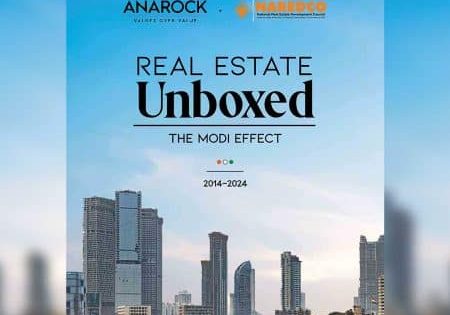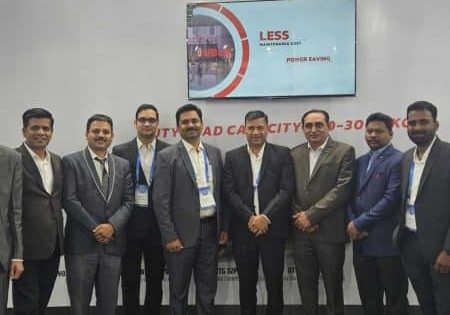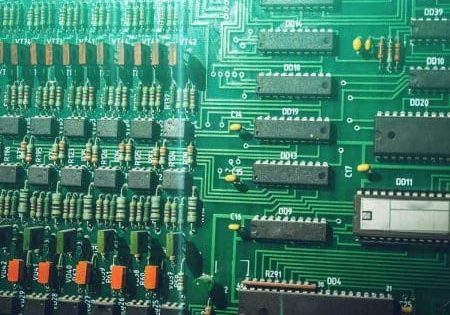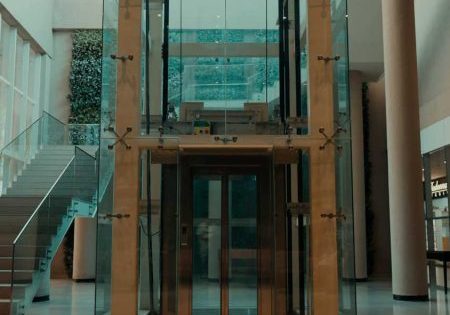It is said that the “consumer is the king.”
Everyone thinks and plans toward customers’ needs and satisfaction. The consumer research industry has been racing to predict how people will value products and services under present-day evolving conditions. Understanding how consumer behaviors and attitudes are changing has, perhaps, never been more important.
Consumers want to support the right kinds of companies. In many cases, that comes down to what they initially know, or have heard, about a given product or brand. Thus, the brand message is logically a strong gateway into initial use. But consumers don’t become brand loyal strictly from the message; the product must also work for them. When product strengths that solve consumer problems align with the brand message, we should expect the foundation for strong consumer advocacy.
There are different buyer/user segments, particularly in the elevator industry. I have divided the total requirements into three segments:
- Low-end requirement
- Moderate budget requirement
- High-end requirement
Low-End Requirement
There is a segment that mainly focuses on pricing, and the main requirement is somehow managing up/down movement. For this segment, features of quality, reliability, safety and comfort take a back seat. This segment represents roughly 45-50% of elevator business in terms of numbers, or around 25-30% in terms of value.
Moderate Budget Requirement
Another elevator buyer/user segment focuses on safety, reliability and comfort. This segment represents roughly 50-55% of the total elevator requirements in terms of number, or 60-70% in terms of value. With a regular increase in the socio-economic status of users, this segment will certainly increase.
High-End Requirement
One segment insists on safety, reliability, comfort, sophistication, innovations and brand. For this segment, meeting customer requirements is of prime importance. Price is the second priority. This segment contributes roughly 5-10% of the market requirements in terms of numbers, or 10-15% in terms of value. The high-end segment looks very small, but it is becoming wider and wider day by day because of increased affordability, changes in living standards and the way people perceive the value of the product and services. This small — but very powerful and influential — segment must be studied and understood well so it can be well catered to by the industry. Studying and catering to these customers will help increase overall business quickly.
Understanding and Preparing To Cater to Discerning Customers
In general, the discerning client:
- Typically possesses a high net worth. High-net worth individuals (HNWI) cherish their time and know what they want to such a degree that they would rather spend their funds for efficient results than waste limited time.
- Values time as a luxury, thus saving time greatly trumps saving money. This is part of the reason service is crucial for them.
- To a greater extent, belongs in the “affluent” category.
- Seeks a higher and exacting standard with a minimum set of expectations.
- Is fussy.
- Takes pleasure in getting extra attention.
- Expects to be offered unique choices and experiences.
- Desires value for their money under all circumstances.
The purchasers or owners of bungalow elevators, apartment elevators with personal access, showroom elevators and guest elevators in hotels all come under the category of discerning customers. To increase business revenue and profit margins and enjoy wide publicity and easy acceptance, we should be more focused on the discerning customers category.
Get more of Elevator World. Sign up for our free e-newsletter.










